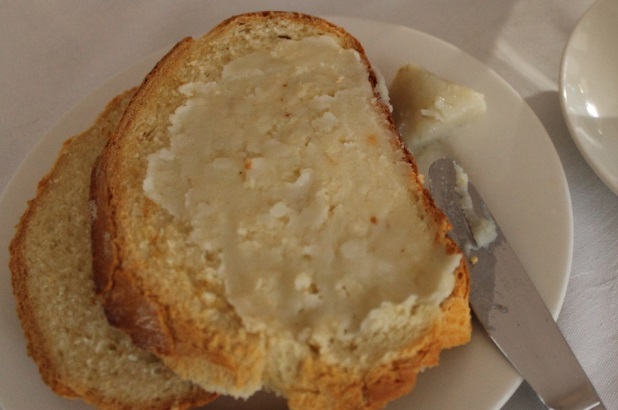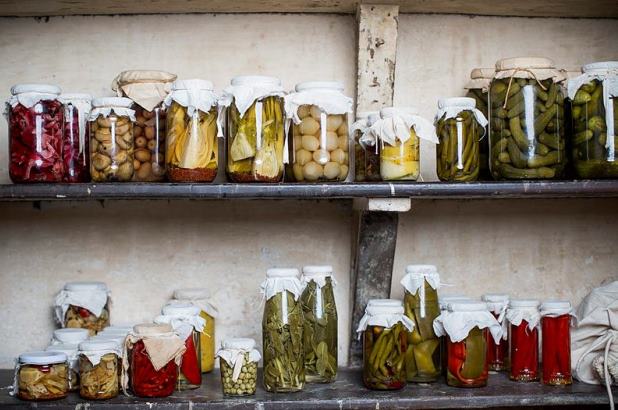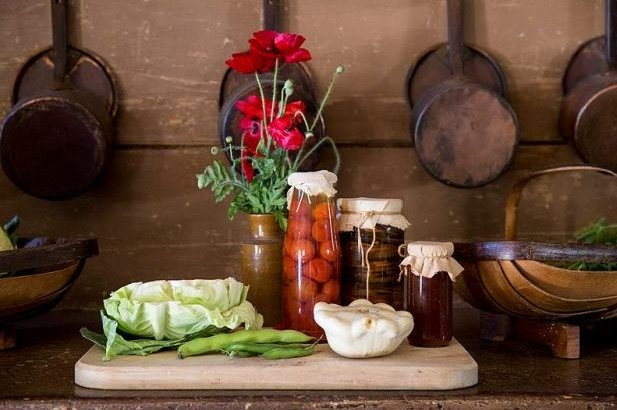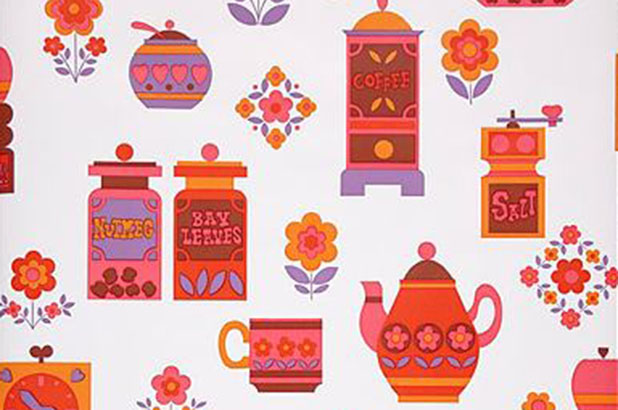Adding some flavour to their labour, the staff at Vaucluse House have been adding some colour to the pantry under the stairs in the colonial kitchen. Museum guide, Nicole Sutherland takes us through the process: Continue reading
Museum marmalade: preserving the past in the colonial kitchen at Vaucluse House
The preserves pantry at Vaucluse House. Photo © James Horan for Sydney Living Museums









